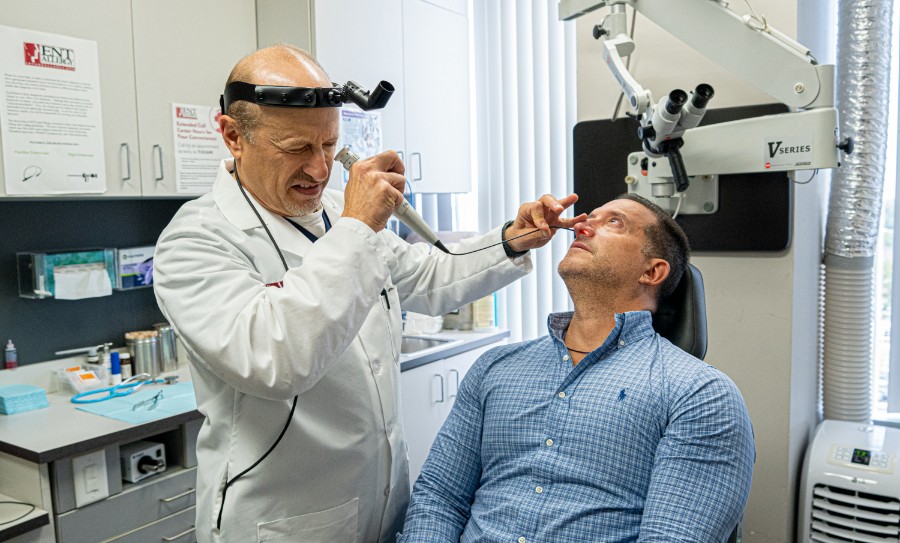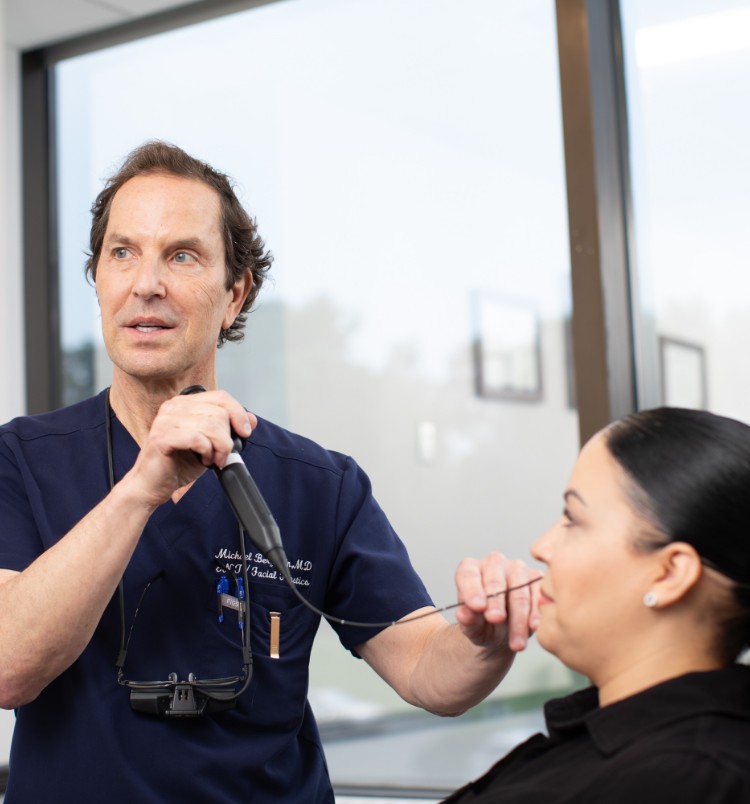
For those living with acid reflux, life can feel like an unrelenting struggle. Acid reflux is a chronic disorder that can have major impacts on your quality of life and disrupt your daily activities if not properly managed. Finding the right treatment plan for you can be a difficult process, but there are many options available to help you find relief from your symptoms and take control of your health again.
At ENT & Allergy Associates we can diagnose and treat acid reflux and related conditions. If you’re dealing with mucus, constant throat clearing, or another similar symptom, you may be suffering from silent reflux. Schedule an appointment with our team today so that we can get to the bottom of what is ailing you.
Recognizing the Signs of GERD
Gastroesophageal reflux disease (GERD) is a condition where stomach acid repeatedly flows back into the esophagus, causing irritation to its lining. While occasional acid reflux is common, frequent episodes over time can lead to GERD.
Signs and symptoms of GERD include:
- Heartburn, or a burning sensation in your chest, after you eat
- Chest or upper abdominal pain
- Regurgitation of food or liquids
- Difficulty swallowing
- Feeling of a lump in your throat
- An ongoing cough
- Inflamed vocal cords
Fortunately, there are various lifestyle changes and medications that can help manage GERD-related discomfort for most people. In rare cases, surgery may be necessary to alleviate symptoms. If you are experiencing persistent acid reflux, seek medical advice for proper diagnosis and treatment.
If you are suffering from acid reflux, GERD, or other reflux conditions, then you need to contact the ENT & Allergy Associates. By providing comprehensive clinical care for patients of all ages, our team of experts can address symptoms of faltering reflux health before it has a chance to cause severe complications.
Not only will this prevent future trips to the doctor, but it will also reduce stress levels that come with managing chronic illness. We are dedicated to helping all our customers regain control of their health, so call us today and schedule your appointment. Each treatment plan is tailored based on individual needs, so don’t wait any longer.
Take advantage of the expertise and knowledge our team of experts have to offer – contact your local center now!

Patient Stories
-
"Beyond expectations, I felt comfortable, at ease, and left without any questions unanswered, knowing that his approach to my situation was working and the right course of treatment."
- R.E. -
"Very professional, kind, and caring doctor. listens to you and how you feel, and also explains everything to you about what is going on. Would definitely recommend him to everyone I know."
- Michael P. -
"Excellent service. Quick, kind, efficient doctors. Rare to say that."
- Michael T.
Less Sick Days, More Living

